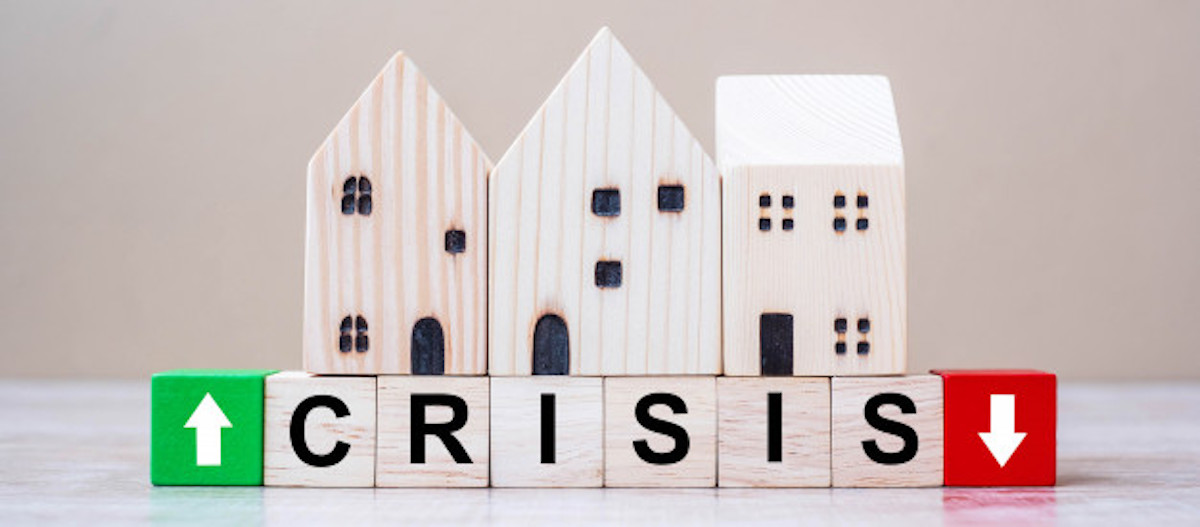Finding solid insurance coverage at a fair price is becoming more challenging in the commercial insurance marketplace in 2020. According to a McKinsey report, forces shaping the insurance industry will affect commercial real estate owners and managers. Let’s look closely at some of those forces and how commercial real estate (CRE) owners and managers can defend against them.
In addition to the concerns identified by the McKinsey report, trends in the commercial marketplace will affect how successful your company will be in today’s highly competitive insurance market.
Four Factors That Will Impact Commercial Underwriting and Coverage Availability in the Insurance Marketplace in 2020
Here are some factors that will impact commercial real estate rates and underwriting this year and beyond.
- An increased emphasis on data and analytics – From evaluating loss histories to improved digital marketing, how you interact with the insurance market and how underwriters evaluate your account will continue to change. More often, if your account doesn’t fit into an insurer’s risk algorithm, you may not get the rate or access to the market you want. Special data analytics, an increased reliance on technology to predict risks such as water damage frequency, and other data-driven decisions will mean your insurance broker may need to present your account more creatively.
- Increased concern about frame construction and multi-family housing units – According to many insurance experts, the insurance marketplace in 2020 for CRE risks will continue to harden into 2021. This means higher premiums and, in many cases, a demand for higher retentions as well as difficulty finding higher insurance limits. The trend beginning in 2019 with rate hardening and deductible increases worsened this year because of COVID-19 concerns, according to one wholesale insurance brokerage. March, April and May of 2020 saw higher rates and changes in manuscript forms that tend to limit coverage. Additionally, wind/hail deductibles in states with significant wind exposure are now the norm.
- An increased focus on maintenance – Many insurance claims in CRE arise from slip and falls and faulty maintenance. Water damage claims, for example, are often the result of inadequate plumbing maintenance. Additionally, with more tenants staying home or working from home, insurers predict more fire losses and other claims. And if tenants cannot pay their rents, insurers predict that CRE managers will cut maintenance to reduce costs. Scheduling inspections and documenting your maintenance efforts can help your broker place your business at renewal or help you avoid sharp premium increases. Additionally, while strip malls and malls were once a snap to insure, recent civil unrest and the move away from on-site retail will generate greater underwriting inquiry.
- Increased worries about senior living, Section 8 and student housing – According to one brokerage, these are “undesirable classes.” Standard insurers have moved away from these classes in the last few years and now are written almost exclusively by surplus lines insurers. Bodily injury claims are driving many real estate losses. “Drownings, shootings, assaults, fire and serious slip and falls” have tapped insurance limits, and resultant claims have driven losses into the excess insurers’ limits. These types of “single bodily injury” events will cause excess carriers to raise rates, which increases premiums at all levels in CRE accounts. Additionally, surplus lines carriers often use proprietary forms with more limited coverages and additional exclusions. Your broker should help you navigate new form language so that you’re not blindsided by an uncovered loss or a claim with coverage sublimits.
The current market forces many CRE managers and owners to buy lower limits of liability insurance coverage, leaving their assets exposed.
- Property insurance for CRE risks remains highly challenged – The availability of blanket limits of insurance for CRE properties is limited, according to AmWINS, a wholesale brokerage placing coverage retail insurance brokers. Property values are under increased scrutiny, as well. Even on multi-family accounts with a good loss history and strong property valuations, rate hikes in the range of 15% to 22% are now a “common outcome,” according to AmWINS underwriters. Soaring premiums along with tenants’ inability to pay rents increasingly challenges the CRE market.
Some Solutions to the Challenging CRE Insurance Environment
With the problems facing the commercial real estate market, what are some steps CRE owners and managers can take to respond?
First, ensure you have directors & officers (D&O) coverage. Even privately owned companies today should strongly consider D&O coverage. If you form a board to help manage your company, you have D&O exposures. Significant threats in today’s environment from legal challenges, cyber risks and employment claims like wage-and-hour challenges, can put your company in litigation crosshairs.
Next, improve and document your facility maintenance. While money may be scarce, investing in improved lighting, better plumbing and other maintenance and increasing security could be the best money you spend this year.
Finally, work with an experienced retail agent or insurance broker who understands the challenging environment you face. One of the differences among insurance brokerages is the connections formed between underwriters and the agent team. Without those relationships, your application may never get more than a perfunctory review before being summarily dismissed.
For a quote on your commercial insurance or more information on 2020 CRE rates, contact us here.


